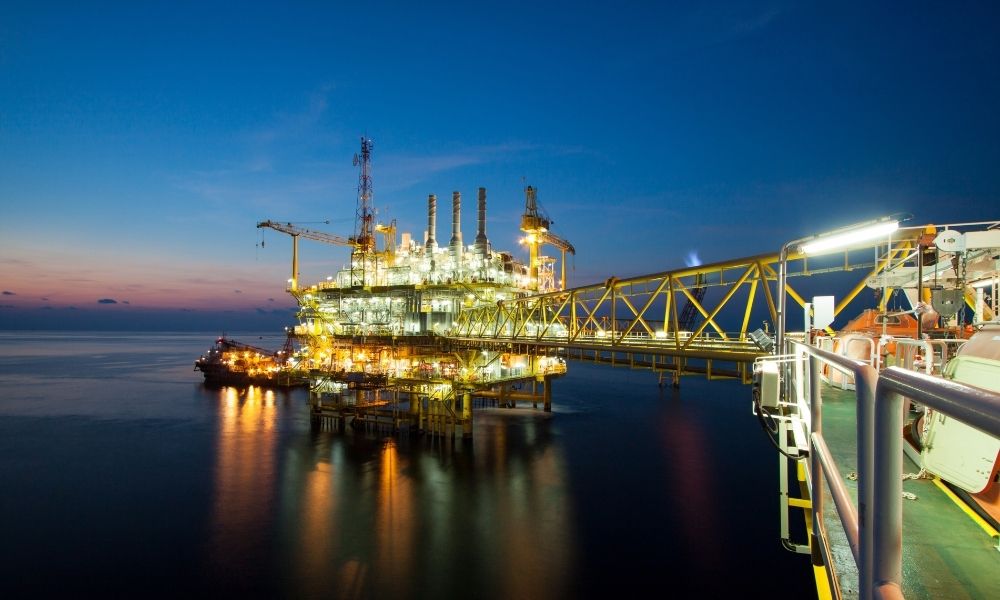
31 May Why Your Drilling Operation Needs an Oil Catch Tank
Oilfields aren’t exactly sanitary. Workers often come home covered in fuel, mud, and sweat. While it’s acceptable for employees to get messy, the oil supply itself must remain free of contaminants. Workers can achieve this goal by using oil catch tanks. This piece will describe the device and elaborate on why your drilling operation needs an oil catch tank.
What Is an Oil Catch Tank?
People refer to oil catch tanks in a variety of ways. Some individuals call them filters, while others say they’re air/oil separators—both definitions are correct. Catch tanks connect to a breather hose. Essentially, air travels down the breather hose, and any oil and contaminants remaining stay at the bottom of the tank. Thus, only clean air gets released through outlet valves.
Effects of Contaminated Oil
Mixing oil and air can have disastrous consequences. Car engine performance will decrease, for starters. Engine performance declines because a black sludge of carbon dioxide deposits forms when oil and air mix together. It’s incredibly challenging to remove these deposits, but leaving them can lead to engine misfires, poor fuel efficiency, and an overall loss in engine power.
What About Installation?
Installing an oil catch tank is relatively simple. Workers must figure out where to mount the can and which hose to connect it to. Oil field employees can contact a technician if they need assistance. It’s unnecessary to empty the tank after every drill, but you can’t entirely ignore this step. Eventually, you must empty the tank so there’s room to collect more contaminants and no buildup forms.
These are three primary reasons why your drilling operation needs an oil catch tank. The device ensures that oil and air remain separate so contamination doesn’t impact either of them. Oil catch tanks are just one piece of equipment that can improve oilfield efficiency. C-MOR Energy Services also sells top-of-the-line oil rig lights that are customizable and promote sustainability. Our goal is to make oilfields as efficient as possible.


